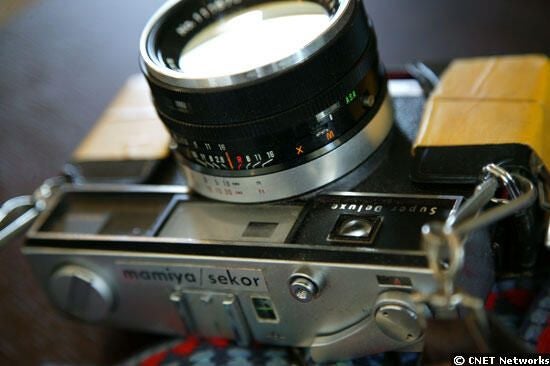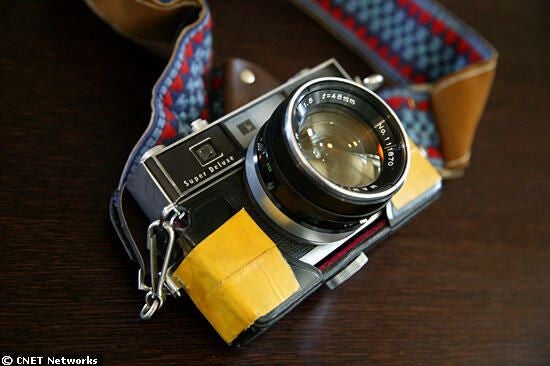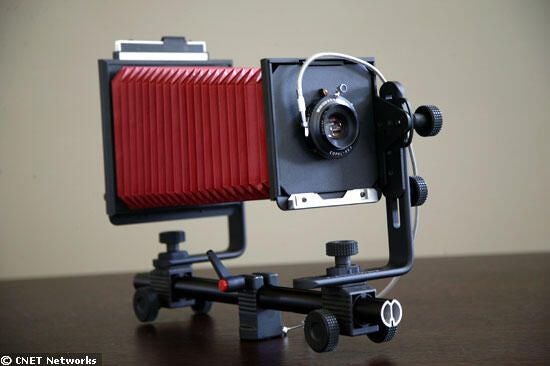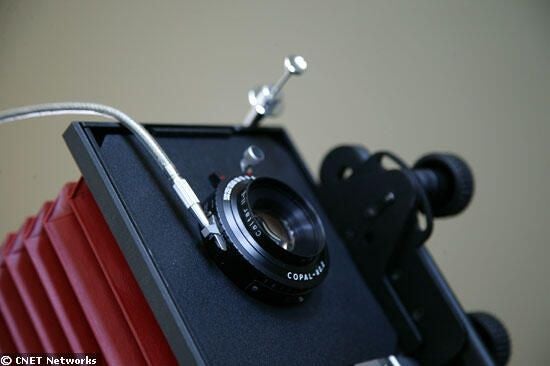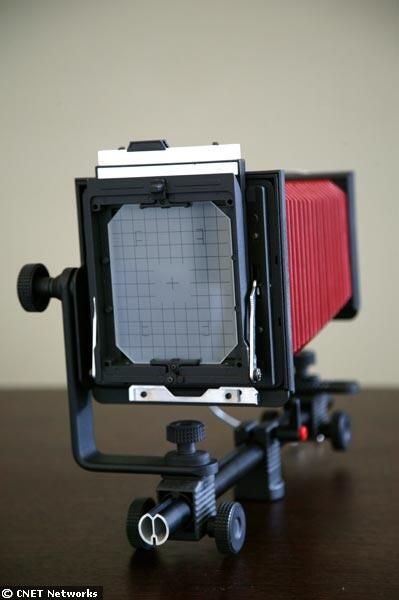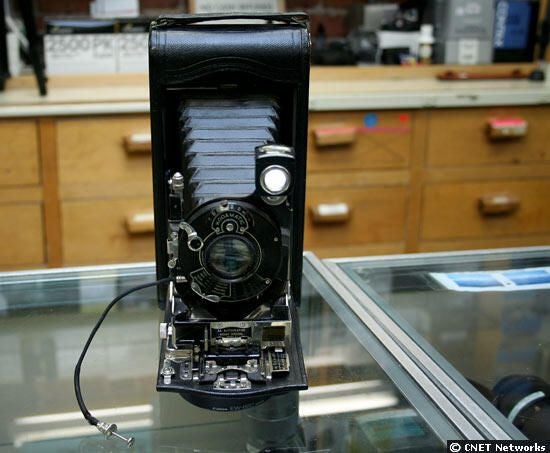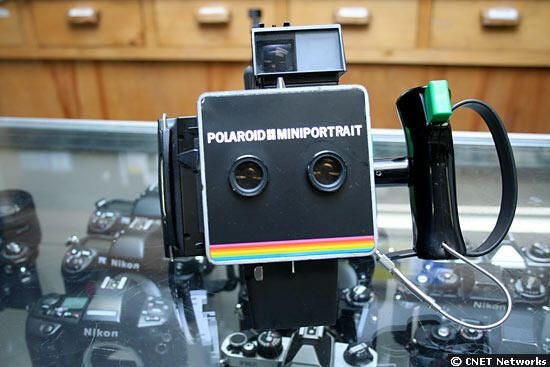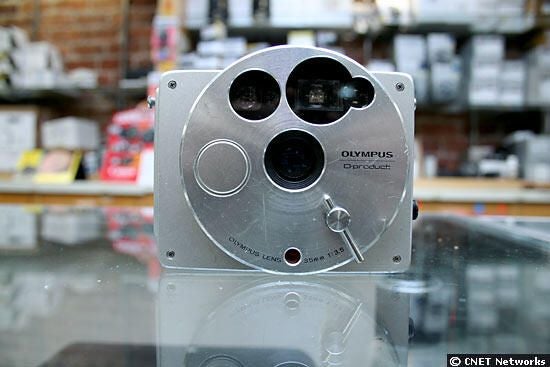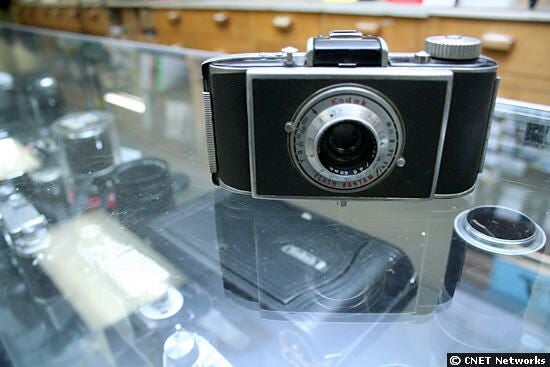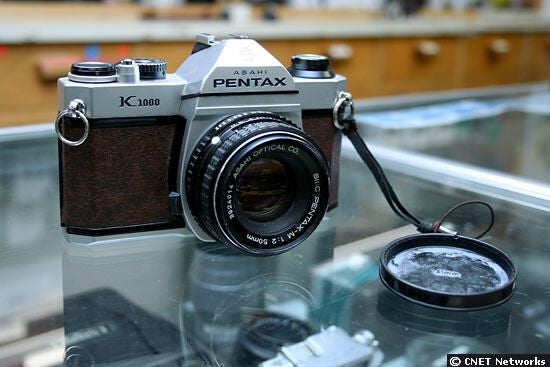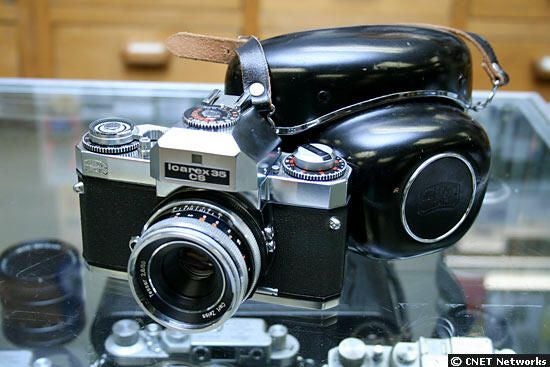Photos: Film cameras, bye-bye
Image 1 of 11
It’s no secret that digital cameras now dominate the field of photography. So it’s not really a surprise that Canon has said it would halt development of new film cameras, following a similar announcement by Nikon earlier in the year.rn
rnWith those two heavyweights pulling back, we offer this look at film cameras from not so long ago.rn
rnThis Mamiya Super Deluxe range finder camera was released in November 1964 and had a relatively fast f/1.5 Mamiya-Sekor lens. The lens also featured a mechanical self-timer that lasted about five seconds. Aperture and shutter speed also were set mechanically on the lens. Because it was a range finder, a photographer would focus by twisting the dial on the lens ring until a little yellow box in the center of the image appeared to line up with the rest of the image.
The Mamiya Super Deluxe.
This Calumet Cadet is a monorail view camera, a recent addition to a line of cameras with an extremely long history. View cameras were popularized by Ansel Adams and his photographs of the American west and use sheet film rather than rolls. The Cadet uses 4-by-5-inch sheets of film, while Adams primarily used a camera that shot 8-by-10-inch sheets, or four times the surface area.
The Calumet Cadet is the most flexible form of camera. Most types of modern digital and analog cameras (in the medium format and 35mm ranges) can adjust only focus and zoom. A view camera can alter the tilt and vertical position of the film in relation to the lens, which is vital in architectural photography to avoid the 35mm problem of buildings seeming to be huge at the bottom and tiny at the top.
Canon’s 1Ds Mark II digital camera has 16.7 megapixels and was introduced at a list price of $8,000. It has a sensor of 35mm by 25mm, or 1.36 square inches. Most view cameras use film that’s 20 or 80 square inches–and can yield images far more detailed than the best digital sensor. They’re also relatively inexpensive. This view camera costs about $1,000.
A Kodak Kodamatic Model B.
The Polaroid Miniportrait 202.
The Olympus 35mm O-product.
The Kodak Flash Bantam.
The Asahi K-1000.
A Zeiss Icorex 35CS with case.

-
-
Account Information
Contact Bill Detwiler
- |
- See all of Bill's content
